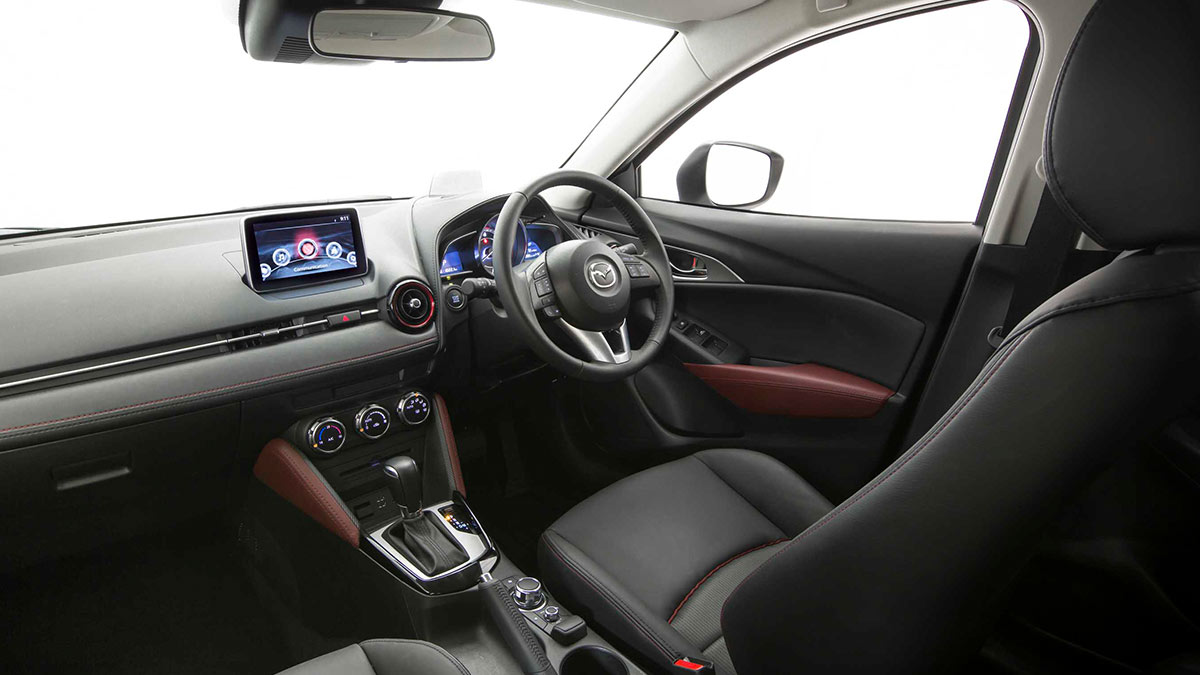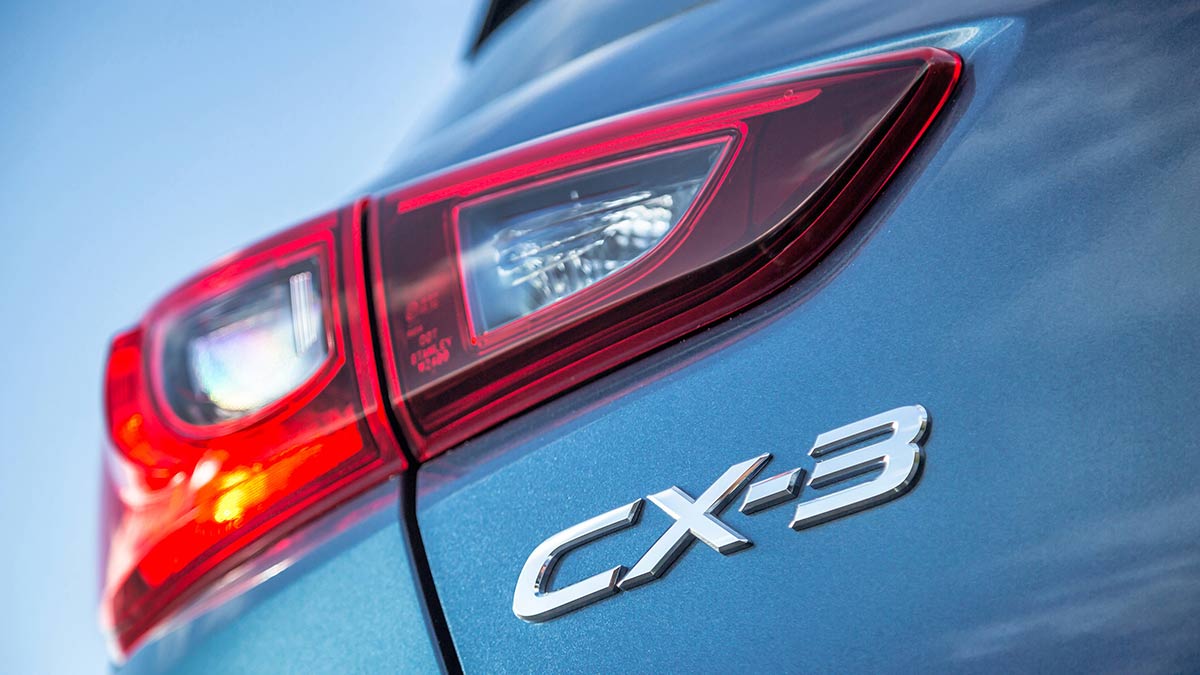The ninth-generation Toyota HiLux has arrived, bringing with it a futuristic forward exterior design, more safety and tech and the same rugged capability owners love. Will the updates tempt private buyers away from the Ford Ranger or are they just enough to keep fleets onside?
Mazda CX-3 used car review

Greg Hill reviews the Mazda CX-3.
Mazda CX-3’s all-round quality, refinement and on-road ability set a high standard that is hard to beat in the compact SUV class. Introduced in 2015, it has proven to be reliable, and plenty of them are now coming onto the used market.
While many vehicles in this category are front-wheel drive only, CX-3 also has all-wheel-drive models which provide extra grip in slippery conditions. There are two engine options, and overall there are seven specification grades.
On the used market there’s an even spread between the mid and high-spec models, with Maxx, Maxx Sport, sTouring and Akari accounting for most of the vehicles advertised. Although a six-speed manual transmission is available in all front-wheel-drive models except the top-level Akari LS, six-speed automatic versions dominate the market.
In this article

Enjoy the drive
A superb chassis and sharp on-road dynamics, together with good performance, make CX-3 an involving and enjoyable drive. The technically sophisticated 2.0-litre petrol engine produces a handy 109kW of power at 6000rpm and 192Nm of torque at 2800rpm, which the six-speed automatic puts to good use. Although the performance is one of the best in class, it’s ample rather than sporty, but selecting Sport mode via a switch next to the gear lever makes it more responsive. Direct steering gives it a very nimble feel around town; it just might be a touch sharp at highway speeds for some people’s liking. The ride is firm but comfortable, and the handling, which is generally considered best in class, has a surefooted feel.
Fuel economy is a respectable 7.0 to 8.5L/100km, aided by i-Stop, one of the less-intrusive stop/start systems. When accelerating hard and working at the higher end of the rev range, engine noise is a little raucous, noticeably so in Sport mode as higher revs are maintained for longer.
The 1.5-litre turbo-diesel version accounts for only a small portion of CX-3 sales. It’s not overly powerful but the diesel’s good torque in low to mid-range revs is right where you need it for flexible, everyday driving around town and on the open road. Fuel consumption is a pleasing 6.0 to 7.0L/100km.
Front-seat focus
CX-3 is based on the Mazda2 floor pan, so cabin space is not abundant, and the focus is on those in the front seats. It has a convenient height for entry/exit with the commanding forward view that so many buyers love about SUVs, and controls and switches are logically placed. With a good range of adjustments, CX-3’s well-shaped front seats provide plenty of support and long-term comfort. In the rear, however, space is much tighter and there is not a lot of room for luggage. The high, upward-sweeping waistline and narrow rear windows also create a couple of minor blind spots.
Each version of CX-3 is well equipped relative to its position in the range. All have a five-star ANCAP safety rating, with the higher-grade models getting extra advanced safety technology. A safety pack option was available for the lower grades.
Reliability counts
Most owners appear very happy with CX-3’s reliability but it is still important to give the individual vehicle a thorough check. Like most modern cars, an up-to-date service history is a good start, especially to see that it has had regular oil changes. Look for indications of poor-quality crash repairs. Check for uneven tyre wear which may indicate wheel alignment problems or even suspension damage. We have heard of a couple of faults with the multimedia system but generally speaking it works well.
Diesel models sold between 2015 and 2017 have been the subject of a recall for a potential engine over-run problem that could result in major damage. A software update is required. Check with Mazda customer service to make sure the update has been done.
Prices
- Neo FWD petrol manual (2015-2018): $14,200-$19,000.
- Maxx FWD petrol auto (2015-2018): $17,400-$23,000.
- Maxx AWD petrol auto (2015-2018): $18,800-$24,900.
- sTouring FWD petrol manual (2015-2018): $19,200-$25,000.
- Maxx Safety FWD diesel auto (2015-2017): $19,800-$21,600.
- Akari FWD petrol auto (2015-2018): $22,700-$31,000.
- sTouring AWD diesel auto (2015-2018): $22,800-$30,900.
- Maxx Sport FWD petrol auto: (2018): $24,200.
- Akari AWD diesel auto (2015-2018): $25,700-$35,000.




